In the modern global market, environmentally-friendly products are rising to the top of fashion trends. Whether it’s a hunter-green backpack or the trend of ‘thrifting,’ many teens find it fashionable to show off how sustainable they are. But as these trends rise in popularity, so do companies who attempt to take advantage of their customers.
The fashion industry participates in certain practices severely detrimental to society, such as fast fashion and greenwashing. Fast fashion is a business model certain leading brands utilize even though it is extremely dangerous for the environment. Greenwashing is a strategy companies use to convince consumers to buy their products under the guise of being “environmentally friendly.” Consumers must stay informed and vigilant to ensure they are not falling for these methods.
Fast fashion
Fast fashion is a business model where companies cheaply manufacture trendy clothing at a fast speed to meet consumer demand. Because fast fashion companies supply the newest styles on the market as quickly as possible, shoppers can snatch them up while they are still at the height of their popularity, then discard them after a few wears when they’re no longer in style.
This destructive cycle forms a key part of overproduction and consumption, making fashion one of the world’s largest polluters. Yet, many consumers take part in the fast fashion industry without realizing it. This is partially due to companies’ use of greenwashing tactics to mislead well-meaning consumers.
In other areas, such as the food, cleaning supplies or car industry, consumers tend to consider the effects of the products they buy much more often. But in the fashion industry, many consumers neglect the standards they hold close to when buying other products. To see a shift in this trend, consumers need to become conscious of their carbon footprints, especially in what they wear.
One brand infamous for using fast fashion practices is SHEIN, with just 6% of its inventory remaining in stock for more than 90 days. The company creates about 50-100 items per design, with hundreds of new designs each day, totaling around 10,000 products per day. If a design sells well, more batches are commissioned; if not, the lines are immediately discontinued, and any unsold extras are thrown away. On top of that, SHEIN ships to over 150 countries — a sobering thought when considering that the emissions created by trucks, ships and planes come not just from deliveries but also from returns. Many returns end up in landfills because it costs more to put them back in circulation, especially in the fast fashion industry.
SHEIN is the epitome of fast fashion, and yet, the company was worth $47 billion in 2021. This is only possible because SHEIN and many other fast fashion companies profit off customers who read the $5 tag on a dress and snatch it up without thinking about the potential labor exploitation or lasting environmental costs they’re contributing to. Between carbon emissions and “clothing dumping,” the fashion industry is one of the leading contributors to climate change — yet these companies continue to thrive. Even if students don’t buy from SHEIN or other fast fashion brands, they need to be aware of the impact that their clothing habits have on the people around them. Ninety-two million tons of garments end up in landfills, and 100 billion garments are produced by the fashion industry each year.
Fast fashion is pervasive in school environments as well. Students buy Prom and Homecoming dresses that are typically only ever worn once. Seniors must buy graduation caps and gowns that they will never wear again. New school supplies being bought for every subject each year, when supplies such as binders typically don’t need replacing after just one school year. Student consumers who recognize these unsustainable practices in their daily lives can make a real difference.
Greenwashing
Another concept that teen consumers need to keep in mind is greenwashing, referring to when a company makes an unsubstantiated claim about its environmental practices. Greenwashing is used to deceive consumers into believing that a company’s products are environmentally friendly or inflate their actual environmental benefits to advertise their product and increase their prices.

Greenwashing comes in many forms throughout the market. Still, there are a few common claims in the fashion industry, the first of which is having an environmentally friendly line of clothing or a few clothes that have a green tag on them. Another popular claim is that a certain percentage of a brand’s clothing is made with recycled materials when this practice probably isn’t helping the environment at all. Additionally, a company may advertise its sustainable goals for the future while neglecting to share what initiatives they’re taking at the current moment. Dominating fashion brands such as Lululemon, Adidas, Forever 21 and H&M have all used these methods and combined them to lead customers to believe that they are more environmentally friendly than they seem.
These misleading practices allow companies to raise product prices solely because they’re claiming to be sustainable. So while it is a start that the consumer demand wants more environmentally friendly products, they need to be aware that companies that use these methods do not compensate for the overwhelming majority of their unsustainable practices. Even worse, companies could still be outright lying about these practices as well, as was the case for H&M.
In many cases, the concept of greenwashing — as well as deciding if a brand is ethical is inherently subjective. This is especially true when information is hard to find, or a brand intentionally sits in a gray area, making it difficult for a consumer to decide whether or not the company has ethical practices. Many mainstream clothing lines make minor, easily-adjustable changes to “check the box” of being a sustainable brand when in reality, these practices do not offset the company’s carbon footprint. This gray area gives consumers room to write off their guilt about buying unsustainable products by saying that companies are helping the sustainable cause, leading them to ignore the brand’s overall practices and buy the clothing anyway. Ultimately, consumers need to decide where the line between ethical and unethical lies and buy products accordingly.
Sustainable Solutions
While the trending demand for environmentally friendly practices from the fashion industry is better than nothing, student consumers need to be conscious that not every claim a product is making is true or defendable. Though it certainly may be easier to scroll through social media and let others spew angry claims that a brand is bad for the environment, consumers need to research and decide for themselves. Not only should students partake in sustainable fashion practices, but they should also advocate for themselves and change the opinions of those around them. Some resources can help to do just that.
Good On You is an organization that groups brands by specific categories to assist consumers beginning their journey to ethical shopping. The three main categories are “People,” which filters for companies that practice fair trade and promote healthy working standards, “Earth,” which filters for companies that practice sustainability and “Animals,” for companies that practice cruelty-free habits. Not only do they allow filtering based on specific classifications, but Good On You has “Brand Ratings” on thousands of fashion brands, serving as a search engine for eco-friendly fashion and a reliable source of opinions on ethical fashion.
However, as much as shopping ethically is admirable, ethical fashion can be expensive, and it takes a lot of time and effort to research brands that meet a consumer’s standards. Not every student — let alone consumer — can make ethical fashion feasible for them. Luckily, the best way to be environmentally friendly is simple: buy less. Not only does this save consumers’ wallets, but it also breaks the fast fashion cycle. And although thrifting may seem like just a trendy concept, consumers can take the trend seriously. Donating clothes instead of throwing them away and checking local second-hand shops for outfits is one of the best ways to be more sustainable and reuse clothes.
Consumers are powerful in the industry market because of their ability to choose. If the market demands real eco-friendly clothing and consumers reward genuinely sustainable brands with their money instead of the ones that are not, companies have no choice but to supply that demand and lower their carbon footprint. For change to happen, stay conscious and stay vigilant.

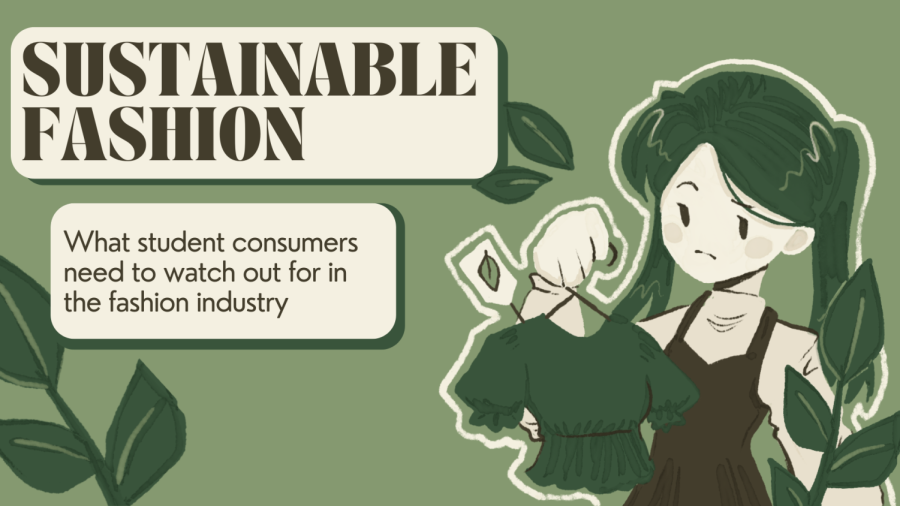

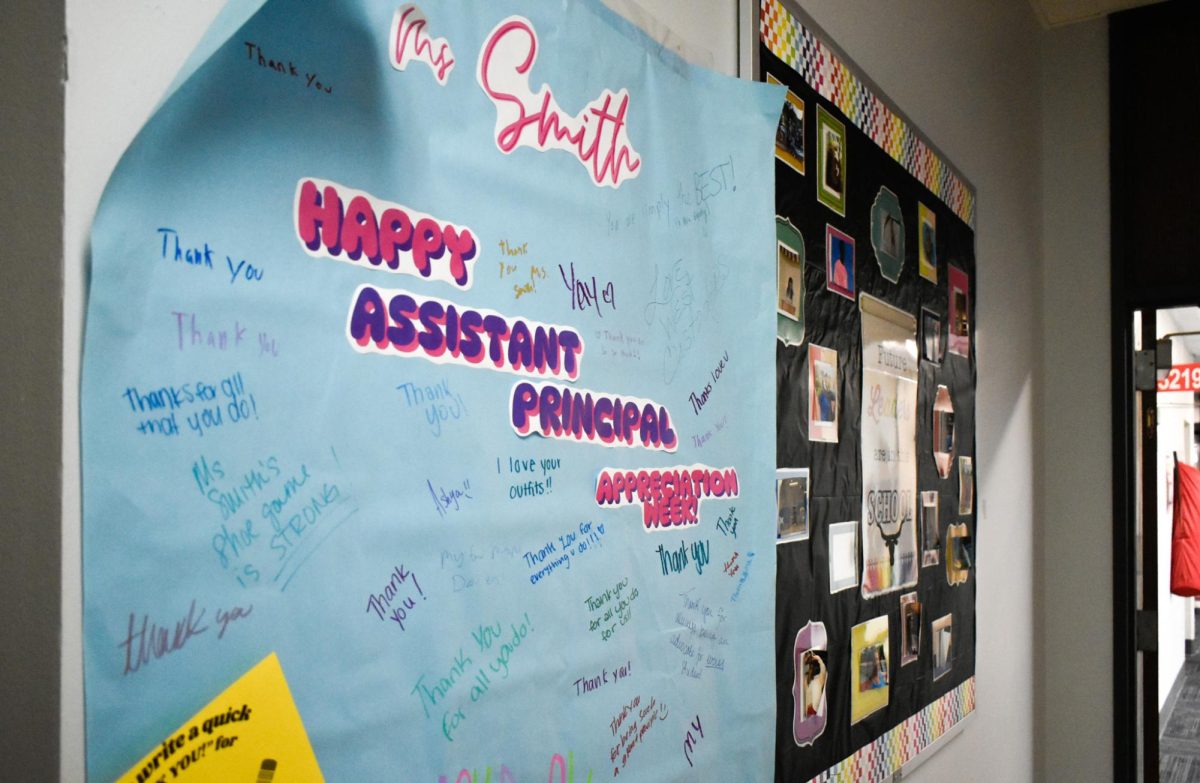
![Red, white and blue, the American flag holds the values of our democracy. The fight that we once endured has returned, as student journalists and senior correspondents across the country are losing their voices due to government control. “[Are] the White House and [the] government limiting free speech [and] freedom of the press? Yes [they are],” chief communications officer of the Parkway School District and former journalist Elisa Tomich said.](https://pwestpathfinder.com/wp-content/uploads/2025/03/Untitled-design-14.jpg)
![A board in the Parkway West counseling department displays pennants of selective universities. With a wide range of students interested in attending, it’s important that these schools have clear priorities when deciding who to admit. “[Washington University] had the major that I wanted, psychology, philosophy, neuroscience. That's a holistic study of the brain, and [WashU is] the only college in the world that offers that. That's the main reason I wanted to go; I got into that program,” senior Dima Layth said.](https://pwestpathfinder.com/wp-content/uploads/2025/02/Flag-1.png)

![Within the U.S., the busiest shopping period of the year is Cyber Week, the time from Thanksgiving through Black Friday and Cyber Monday. This year, shoppers spent $13.3 billion on Cyber Monday, which is a 7.3% year-over-year increase from 2023. “When I was younger, I would always be out with my mom getting Christmas gifts or just shopping in general. Now, as she has gotten older, I've noticed [that almost] every day, I'll open the front door and there's three packages that my mom has ordered. Part of that is she just doesn't always have the time to go to a store for 30 minutes to an hour, but the other part is when she gets bored, she has easy access to [shopping],” junior Grace Garetson said.](https://pwestpathfinder.com/wp-content/uploads/2024/12/DSC_0249.JPG-1200x801.jpg)

![Senior Sally Peters stands in the history hallway, contemplating her choices in the 2024 United States and Missouri elections on Nov. 5. As a member of Diplomacy Club, Peters has discussed key candidates and issues in contemporary American politics. “[As students], we're starting to become adults. We're realizing how much the policies that are enforced and the laws that make it through the House and Senate are starting to affect us. [Opportunities such as] AP [U.S.Government] and Diplomacy Club [make elections feel] a lot more real,” Diplomacy Club vice president and senior Nidhisha Pejathaya said.](https://pwestpathfinder.com/wp-content/uploads/2024/10/Flag-1-1.png)
![Mounting school pressure can leave many students overworked and overstressed. Schools must give students the necessary resources to help assuage student mental health issues and prevent the development of serious crises. “The biggest thing [schools] can do [to protect student mental health] is offer more time [to do work], like a study hall, or offer more support from teachers so that students don't feel stressed out and can get help in areas that they need,” senior Bhavya Gupta said.](https://pwestpathfinder.com/wp-content/uploads/2024/09/unnamed-4.jpg)
![Like many students, sophomore Medina Nanic experiences pressure to do well in school. Through continuous success and achievements, West has developed a high academic standard for students. “Because we’re seen as one [of] the better schools, we have higher standards than the [schools] who aren’t ranked as high. There’s a lot of pressure on students to do [well] and live up to those standards,” Nanic said.](https://pwestpathfinder.com/wp-content/uploads/2024/05/DSC_0029-2-1200x800.jpg)
![Junior Fiona Dye lifts weights in Strength and Conditioning. Now that the Trump administration has instituted policies such as AI deregulation, tariffs and university funding freezes, women may have to work twice as hard to get half as far. "[Trump] wants America to be more divided; he wants to inspire hatred in people,” feminist club member and junior Clara Lazarini said.](https://pwestpathfinder.com/wp-content/uploads/2025/05/Flag.png)
![As the Trump administration cracks down on immigration, it scapegoats many immigrants for the United States’ plights, precipitating a possible genocide. Sophomore Annabella Whiteley moved from the United Kingdom when she was eight. “It’s pretty scary because I’m on a visa. When my visa expires next year, I’m not sure what’s going to happen, especially with [immigration] policies up in the air, so it is a concern for my family,” Whiteley said.](https://pwestpathfinder.com/wp-content/uploads/2025/05/DSC_0077-7copy.jpg)
![Shifting global trade, President Donald Trump’s tariffs are raising concerns about economic stability for the U.S. and other countries alike. “[The tariffs are] going to pose a distinct challenge to the U.S. economy and a challenge to the global economy on the whole because it's going to greatly upset who trades with who and where resources and products are going to come from,” social studies teacher Melvin Trotier said.](https://pwestpathfinder.com/wp-content/uploads/2025/05/MDB_3456-1200x800.jpg)
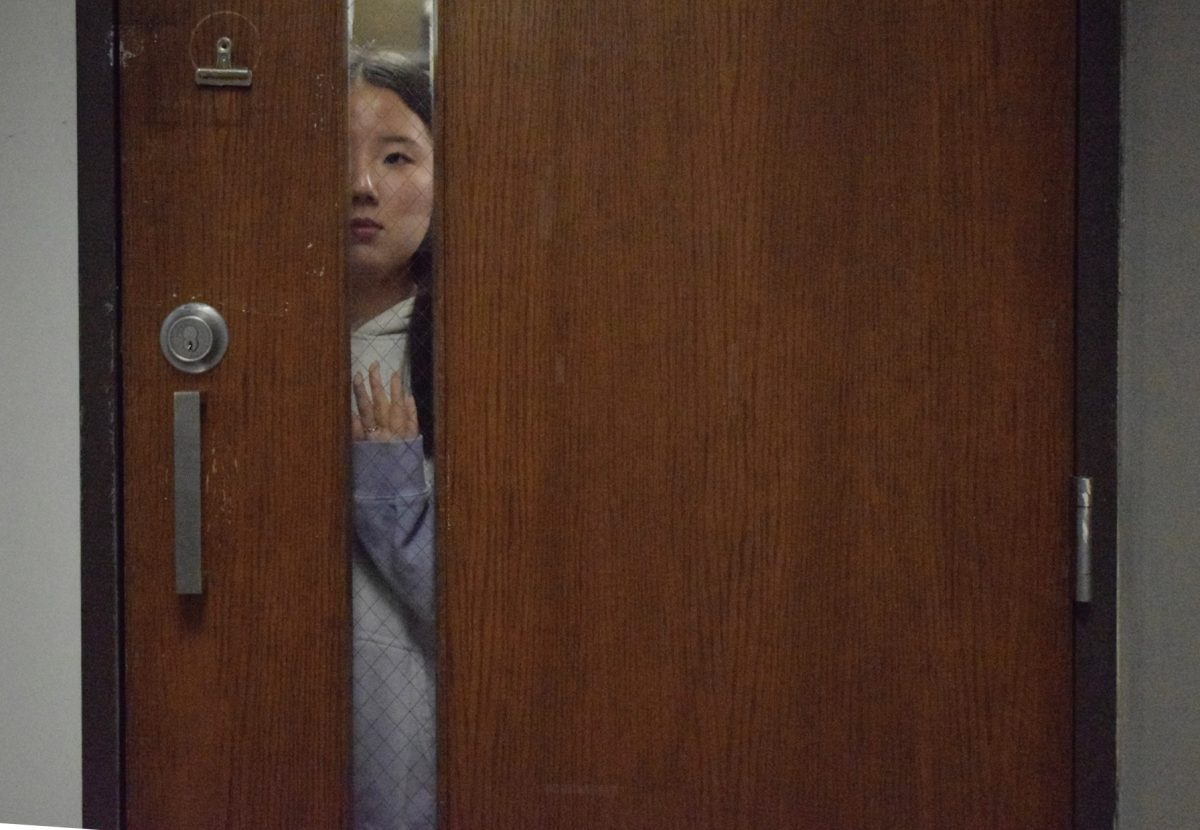


![Some of the most deadly instances of gun violence have occurred in schools, communities and other ‘safe spaces’ for students. These uncontrolled settings give way to the need for gun regulation, including background and mental health checks. “Gun control comes about with more laws, but there are a lot of guns out there that people could obtain illegally. What is a solution that would get the illegal guns off the street? We have yet to find [one],” social studies teacher Nancy Sachtlaben said.](https://pwestpathfinder.com/wp-content/uploads/2025/01/DSC_5122-1200x800.jpg)
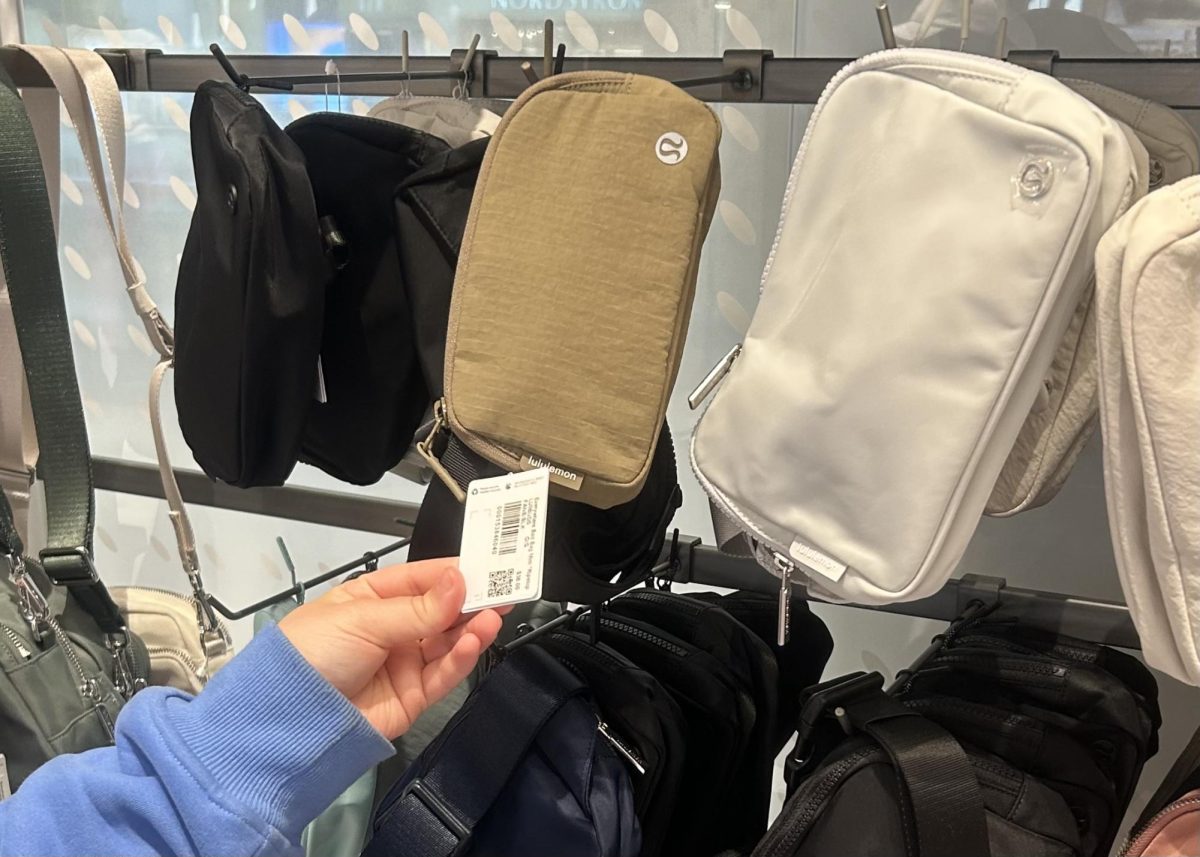
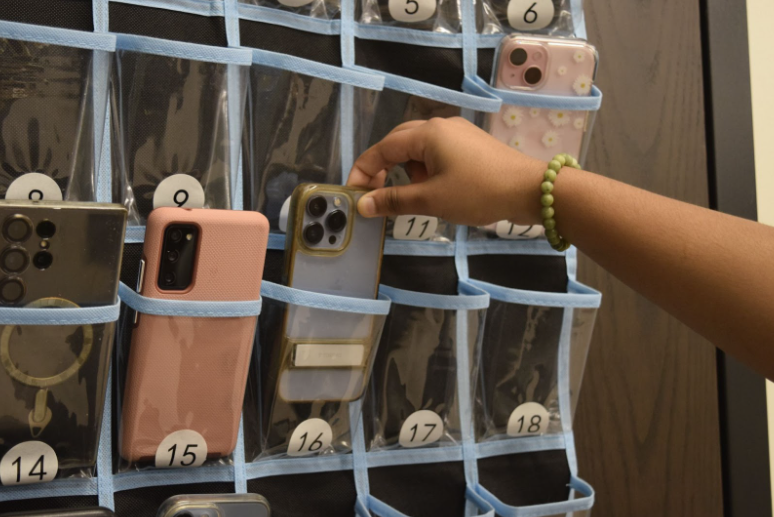
![Making up a large portion of the film industry, many popular movie remakes and sequels have been released recently. Similar to film remakes, theater teacher Amie Gosset often uses play adaptations of famous movies for theater productions. “It’s challenging because people have an idea of what the film is, whether it’s an iconic film or one they really liked. [Consumers] come in with a preconceived notion of how the [film] should be. Then, [they] are either surprised because they like the new version or disappointed because it’s not what they’re used to.”](https://pwestpathfinder.com/wp-content/uploads/2024/12/DSC_0042-1200x801.jpg)

![Pitching the ball on Apr. 14, senior Henry Wild and his team play against Belleville East. Wild was named scholar athlete of the year by St. Louis Post-Dispatch after maintaining a high cumulative GPA and staying involved with athletics for all of high school. “It’s an amazing honor. I feel very blessed to have the opportunity to represent my school [and] what [it] stands for,” Wild said.](https://pwestpathfinder.com/wp-content/uploads/2025/05/unnamed-6-1200x714.jpg)
![Freezing in their position, the Addams Family cast hits the “rigor mortis” pose after cast member and senior Jack Mullen, in character as Gomez Addams, calls out the stiff death move. For the past four months, the combined company of cast members, orchestra pit, crew and directors all worked to create the familial chemistry of the show. “I’m excited for [the audience] to see the numbers, the music, the scenes, but I also just love all the technical aspects of it. The whole spectacle, the costumes, makeup and the people that put in the work backstage in order to make the show successful on stage. I’m excited for people to see and appreciate that,” Mullen said.](https://pwestpathfinder.com/wp-content/uploads/2025/03/DSC0116-1200x800.jpg)

![Complex global supply chains supply the goods for everyday luxuries, such as the coffee at West High’s Blue Brew. Low tariffs enabled much of the prosperity of modern history. “Higher tariffs lead to higher costs. A tariff is a tax on an imported good, and someone has to pay for that tax, and typically that [will] end up impacting consumers,” economics teacher Rachel Money said.](https://pwestpathfinder.com/wp-content/uploads/2024/12/Flag-1.png)

![Junior TJ Polack plays his saxophone solo at halftime for the 2024 marching band show, ‘Coloring Book.’ This year, Polack was one of two soloists in the marching band. “[Polack] is very hard on himself. [His saxophone solo] sounds amazing [and] everyone [cheers] for him; [still], somehow, he thinks it’s a bad performance and he's down. What he does is not easy. It takes a lot of confidence as a person [and] a lot of musical skill to be expressive, and he's doing an amazing job,” drum major and senior Dominic Perez said. (Courtesy of Christina Block)](https://pwestpathfinder.com/wp-content/uploads/2024/11/462488499_2973926416100522_5057718068659607183_n-1200x925.jpg)
![Blending together a concoction for a science experiment, science teacher Joel Anderson scares his students by bringing excitement and thrill into his classroom for his annual Halloween show. It took about six weeks for Anderson to set up his classroom for the show. “It’s pure terror. I came up with this idea a couple decades ago to do something fun for Halloween. So I pretend to be this mad scientist [that creates] a Frankenstein-like creature [with the class], learning a little bit of science along the way and [then ending] with a laser show. It’s just for fun; entertainment value,” Anderson said.](https://pwestpathfinder.com/wp-content/uploads/2024/10/DSC_0021.JPG_-1200x800.jpg)


Jared • Nov 28, 2022 at 9:32 pm
Love the citations and linked resources. The images of clothing dumps are heartbreaking and I’m glad to see this important issue getting attention.
Laurel • Nov 28, 2022 at 12:00 pm
Very informative! Thank you for showing the problem but also offering solutions.